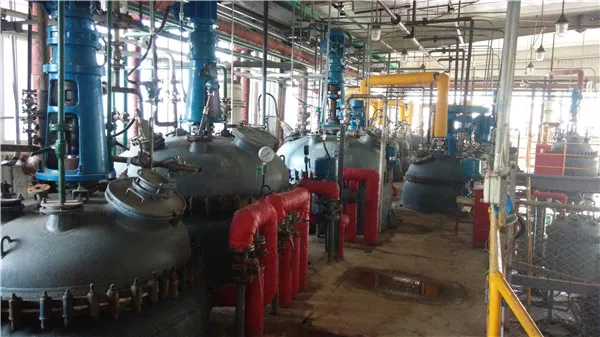The Role of Chemicals in Water Purification
Water is an essential resource for life, yet access to clean and safe drinking water remains a significant challenge in many parts of the world. To ensure that water is free from contaminants, various chemical agents are employed in the water purification process. This article explores some of the primary chemicals used and their functions in making water safe for consumption.
One of the most commonly used chemicals in water purification is chlorine. Chlorine is a powerful disinfectant that effectively kills bacteria, viruses, and other pathogens present in water. The addition of chlorine to water supplies has been a standard practice since the early 20th century. While chlorine effectively eliminates harmful microorganisms, it is essential to monitor its levels to prevent the formation of disinfection byproducts, which can pose health risks.
Another critical chemical used in water purification is sodium hypochlorite, often referred to as bleach. Sodium hypochlorite is a compound that releases chlorine when dissolved in water, serving a similar purpose in disinfection. It is frequently used in municipal water treatment facilities and is effective against a broad spectrum of pathogens. However, like chlorine, its use must be carefully regulated to ensure safety and effectiveness.
what chemical is used in water purification

Coagulation agents are also vital in the initial stages of water purification. Chemicals such as aluminum sulfate (commonly known as alum) and ferric chloride are used to destabilize and agglomerate suspended particles in water. This process, known as coagulation, helps form larger particles or flocs that can be more easily removed during sedimentation and filtration processes. By reducing turbidity, these agents play a crucial role in enhancing water clarity and quality.
Activated carbon is another important material used in the purification process. While not a chemical in the traditional sense, activated carbon effectively adsorbs organic compounds, chlorine, and unpleasant tastes and odors from water. It is commonly employed in both municipal water treatment plants and home water filtration systems, providing an additional layer of purification.
Lastly, lime and soda ash are often used to adjust water pH and hardness. This process, known as calcite stabilization, ensures that water remains balanced and reduces the corroding potential of pipes and plumbing systems.
In conclusion, the use of chemicals in water purification is essential for ensuring the safety and quality of drinking water. Chlorine, sodium hypochlorite, coagulation agents, activated carbon, and pH adjusters each contribute to the multifaceted process of making water free from harmful substances. As technological advancements continue to evolve, the methods of water purification will also improve, further enhancing global access to clean drinking water.

